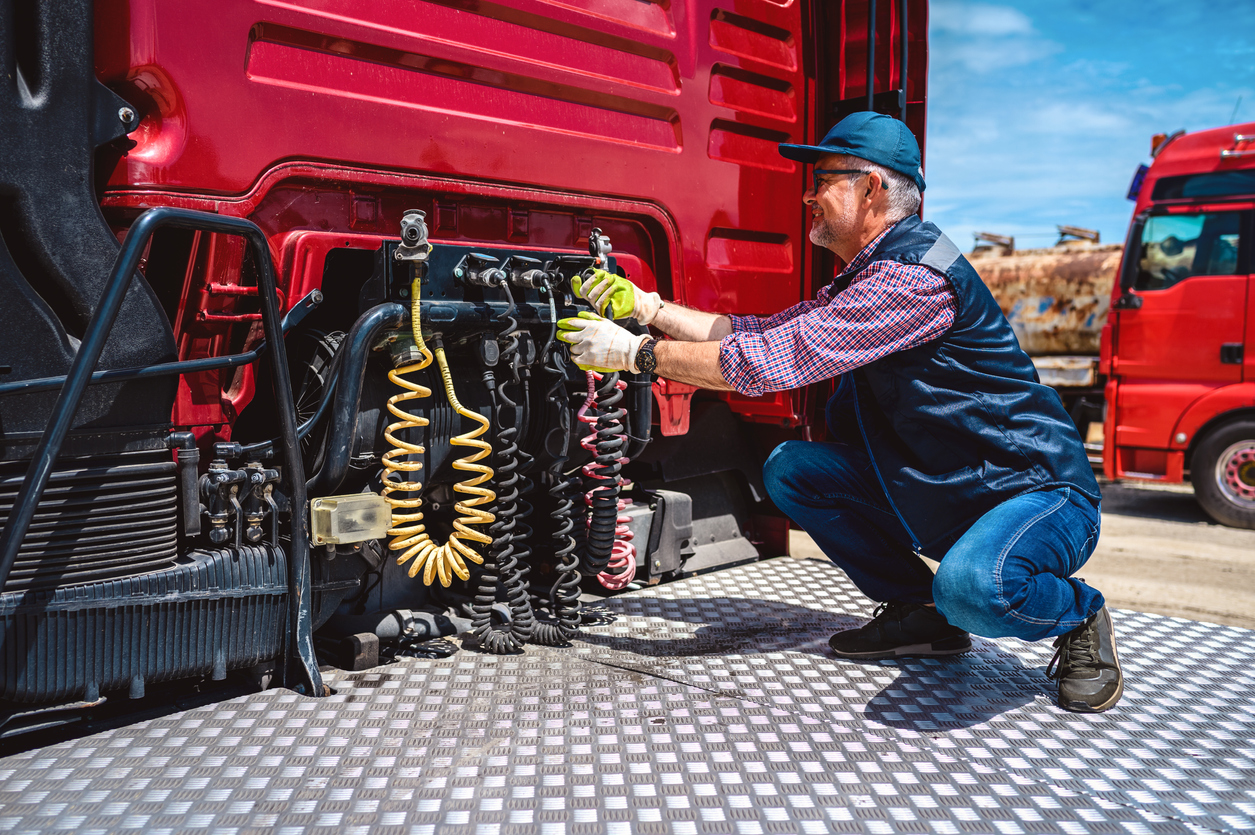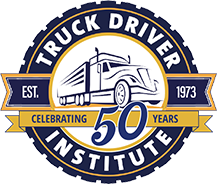An Expert Guide to DOT Safety Meeting Requirements

DOT is an acronym that stands for the U.S. Department of Transportation. When we talk about DOT compliance, there are the set rules that must be adhered to by drivers. You must know all the DOT Safety Meeting Requirements in the transport industry for smooth trading.
Understanding these rules is crucial not only for the drivers but for their employers as well. The main aim of most of these rules is to bring sanity to our roads and minimize accidents. Therefore, anytime there’s a new concern, it gives rise to additional transport rules and regulations.
What is DOT Compliance?
Being DOT compliant means you have met all the rules and regulations set by Federal Motor Carrier Safety Administration (FMCSA) and DOT. DOT is responsible for regulating transportation in the United States. This agency sets a series of rules and regulations that must be adhered to by all commercial vehicle drivers.
For your transportation business to be successful, whether you own one truck or a fleet, you must be DOT-compliant. DOT Safety Meeting Requirements are set to ensure the safety of the driver and other road users. According to transportation law, every transportation company must meet the standards of all DOT compliance rules.
For example, the Federal DOT regulations require all drivers to:
- Abstain from drugs and alcohol
- Follow all the maintenance and inspection protocols
- Adhere to the standard safety requirements
- Comply with all rules for handling hazardous waste
- Meet qualification criteria for drivers (a valid driving license)
Who Is Dot Compliance Meant For?
DOT Safety Meeting Requirements are set for all vehicles that require DOT registration to receive a USDOT number. The general bracket is commercial vehicles. However, these guidelines are more concerned with cars that fall under one or more of the categories below:
- Transportation of dangerous materials, as categorized and quantified by the DOT
- A vehicle transporting over eight passengers at a fee
- Transporting 15 passengers or more, including the driver.
- A car whose gross combination rating/weight or gross vehicle weight rating or gross combination weight is 4,536 kg (10,001 pounds) or above.
Most of these vehicles are used in interstate business. Depending on state rules, you may need a USDOT number to operate any commercial motor vehicle. You may need a USDOT number to operate any commercial motor vehicle. To ensure you are current on all requirements, attend TDI for classroom and on-the-road experience.
You can follow many tips to ensure all commercial drivers comply with DOT rules. However, the most important one is knowing and understanding these rules. TDI will offer you a simple guide around the DOT rulebook to ensure you’re up to date with these rules.
Significance of DOT Regulations
The FMCSA is responsible for setting and enforcing safety rules and regulations that all CDL truck drivers must follow. These rules aim to reduce vehicle crashes and potential deaths on the road. Although every state can establish its laws, some are generally set at the federal level.
DOT rules and regulations concentrate on many areas, which include:
- Improving safety data systems and technologies
- High-risk carriers
- Intensifying overall safety responsiveness
- Empowering commercial motor vehicles apparatus and quality of operation
For a driver to be effective and remain safe on the road, they should familiarize themselves with all these rules. The fleet company or owner should also have the laws at their fingertips to ensure full compliance.
What are DOT Certifications?
A DOT certificate verifies your qualification, knowledge, and expertise in performing services related to the DOT. To be DOT certified, you must undergo all the set examination processes. Your capabilities include expertise in adhering to federal laws or skills in operating a vehicle or aircraft.
To become certified, a driver must go through different tests. These include; driving evaluation, written test, inspection procedure, and in-depth medical appraisal. These certifications are valuable, even for individual drivers.
At the same time, your vehicle can get DOT certification after going through a series of assessments. The certificates give you the legal right to operate a commercial vehicle.
Other Major Dot Compliance Factors
There are many DOT compliance factors; below are the most common ones.
Driver Training and Qualification
Commercial motor vehicle drivers must satisfy several conditions to comply with DOT regulations. Driver training and qualification include both hands-on practice and instruction sufficient to earn them a driver’s license or CDL. The drivers also undergo a background check to confirm their eligibility for the certification.
Most of the time, licensing includes a medical certificate and physical examination. If the driver has any disabilities that would endanger him and other road users, they might be denied the certification.
Drug and Alcohol Testing
Driving under the influence is a criminal offense in almost every state. For a driver to be DOT-certified, drug and alcohol testing is a regular experience. Any driver looking for certification must be ready to undergo random testing. The same rule is also applied to supervisors responsible for recognizing signs of drug and alcohol abuse.
Load Securing
Cargo-carrying commercial vehicles take different forms, from flatbeds to tractor-trailer combinations. The Department of Transportation has established many rules and regulations. This aims to prevent accidental dumping or spillage.
Transportation of Hazardous Materials
DOT Safety Meeting Requirements cover all aspects of commercial transportation. When transporting hazardous materials, the rules govern the substance, the vehicle allowed for transportation, and the placard to be displayed. Department of Transportation can also prohibit these vehicles from using some roads and visiting designated areas.
License and Permits
The license and permits category covers several rules and regulations specifying federal and state taxes on fuel and otherwise. Some of the rules include specifics such as types of vehicle licenses and weight restrictions, among others.
Vehicle Inspection
A commercial motor vehicle should also receive regular inspections from the drivers and the authorities. There are pre and post-trip inspection programs set by DOT that should always be followed. If a problem or safety issue is found, submit a vehicle inspection form detailing the issue and any necessary repairs. This form proves problem resolution and vehicle readiness.
Ensure DOT Safety Meeting Requirements with TDI
All the DOT rules and regulations are set and maintained in your best interest. Driving a commercial motor vehicle takes awareness, knowledge, and a higher skill level than ordinary passenger vehicles. Familiarizing yourself with DOT rules set by FMCSA doesn’t only guarantee your certification but also your safety. Contact TDI to get your CDL in as little as 15 days and get your new career on the road.
Get Started
Get your Class A CDL in our friendly, supportive CDL training program. TRAIN with experienced instructors – multiple good-paying, secure job choices with benefits available for eligible graduates. EARN $700 – $1000+ / week to start as a truck driver. Get started today by filling out the form below. We look forward to hearing from you!
